Last Updated on May 7, 2024 by Aditya
Combating a rash and searching for natural remedies? Essential oil for rash may provide the relief you seek. In this article, we explore effective essential oils for rash treatment, how to safely use them with carrier oils, and important safety tips to avoid skin irritation. Without promising a cure-all, we’ll equip you with the knowledge to potentially ease your symptoms using nature’s solutions.
Top Essential Oil for Rash Relief Quick Reference:
- Essential oils such as tea tree, chamomile, peppermint, and lavender offer natural ways to address skin conditions like rashes, with anti-inflammatory, antiseptic, and soothing properties.
- There is plenty of science to support the therapeutic benefits for rashes and skin irritation.
- Safety precautions are critical when using essential oils for rash relief, including diluting with carrier oils, performing patch tests, and consulting healthcare professionals especially for vulnerable individuals.
- For effective rash management, essential oils should be incorporated into daily skincare routines, properly diluted, and their blends with carrier oils can enhance therapeutic properties and skin absorption.
Understanding Skin Rashes and the Role of Essential Oils

Skin flare-ups like redness, itching, or inflammation often indicate an underlying issue that essential oils could potentially address. Each oil, a concentrated extract from nature’s bounty, brings unique benefits to the table, from anti-inflammatory effects to soothing sensations. Research underscores the potential of essential oils for skin conditions like eczema and rashes, offering a gentle yet effective approach to skin care.
Check the Science: Skin Rashes and the Role of Essential Oils
Research supports the effectiveness of these oils in soothing skin irritation and promoting skin health.
Identifying Your Rash
Before reaching for any remedy, understanding the nature of your rash is key. The appearance, location, and potential triggers—be they infections, allergic reactions, or environmental factors—provide clues to the root cause. Rashes can manifest differently across skin tones, from subtle discoloration to pronounced bumps or blisters.
Identifying your rash, whether it’s a localized outbreak or a widespread condition, marks the first step towards targeted treatment.
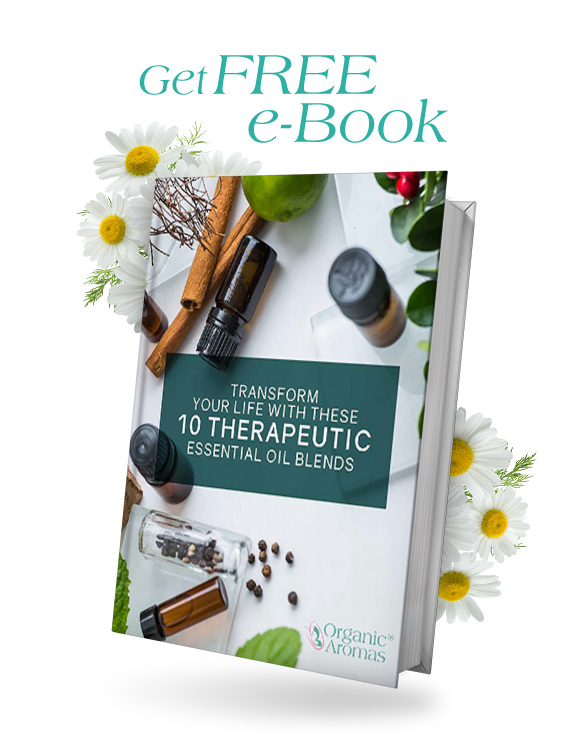
Sign Up to Get Your FREE Essential Oils e-Book Here
Please enable JavaScript in your browser to submit the form
The Healing Properties of Essential Oils
The healing journey for your skin can be enhanced by the therapeutic properties of essential oils. Some essential oils that are known for promoting skin healing include:
- Tea tree oil
- Chamomile oil, which can foster cell regeneration and improve skin barrier function
- Frankincense oil, which has antifungal and antibacterial properties that combat the spread of infection.
Even traditional treatments may find a match in essential oils, as chamomile extract has been found slightly more effective than hydrocortisone cream in easing eczema discomfort.Charousaei, F., Dabirian, A., & Mojab, F., 2011. Using chamomile solution or a 1% topical hydrocortisone ointment in the management of peristomal skin lesions in colostomy patients: results of a controlled clinical study.. Ostomy/wound management, 57 5, pp. 28-36 .
Anti-Inflammatory and Soothing Effects
Beyond their healing prowess, essential oils are celebrated for their anti-inflammatory and soothing properties. Eucalyptus oil, for instance, can modulate immune cell activity and suppress allergic reactions, thereby reducing inflammation. Chamomile’s antiseptic properties work to diminish redness and itchiness.
Lavender, with its calming aroma, also offers antioxidants to protect against environmental stressors, contributing to overall skin health, including aging skin.
Tea Tree Oil: A Potent Remedy for Skin Rashes

Tea tree oil stands as a versatile and potent natural remedy, thanks to its impressive spectrum of antifungal, antiviral, and antibacterial properties. Its ability to alleviate skin irritations makes it a top choice for those grappling with:
- painful skin rashes
- acne
- eczema
- psoriasis
- insect bites
- fungal infections
Tea tree essential oil is particularly effective in reducing itching associated with conditions like dandruff, head lice, hives, and eczema. It’s important to dilute the oil with a carrier oil, leveraging its antimicrobial and anti-inflammatory properties to provide relief from skin rashes and other skin conditions.
How to Use Tea Tree Oil Safely
Harnessing the power of tea tree oil requires a mindful approach to avoid skin irritation. Diluting it with a carrier oil such as coconut or almond oil protects sensitive skin while allowing you to tap into its therapeutic benefits.
Applying the diluted mixture gently on the affected area can initiate the healing process, bypassing the harshness of undiluted essential oils.
Precautions When Using Tea Tree Oil
When using tea tree oil, safety should be the primary concern. Here are some important tips to keep in mind:
- Perform a patch test before using tea tree oil to avoid allergic reactions.
- Keep the oil away from the eyes to prevent irritation.
- Always remember to dilute tea tree oil properly to minimize the risk of irritation.
Chamomile Oil: Gentle Soothing for Sensitive Skin
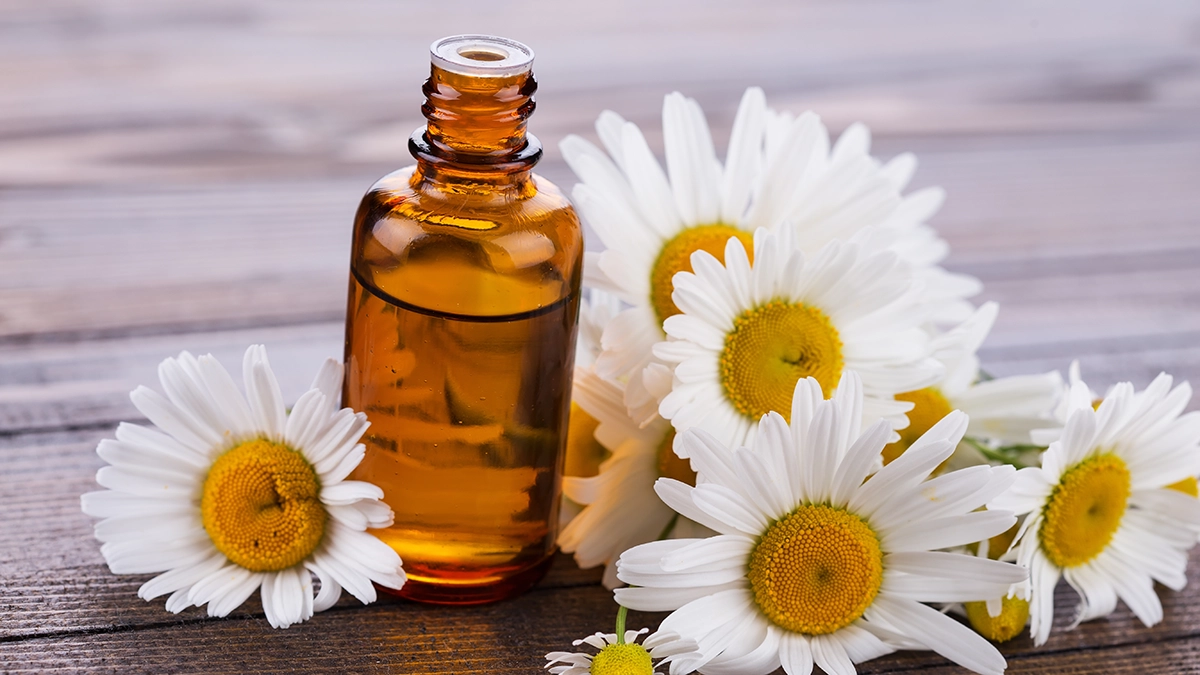
Chamomile oil, with its gentle fragrance and anti-inflammatory effects, is particularly suited for sensitive skin prone to rashes. Its ability to reduce skin irritation and promote a radiant complexion makes it a cherished remedy for those seeking a natural path to skin health.
The calming effects of Roman chamomile oil, in particular, can provide much-needed relaxation and stress relief, further supporting skin recovery.
Mixing Chamomile Oil with a Carrier Oil
To harness chamomile oil’s benefits without irritation, it should be blended with a carrier oil like argan, rosehip, almond or jojoba oil. This mixture can be transformed into soothing lotions or massage oils, offering additional moisturizing benefits and a gentle touch for massaging sensitive areas.
Chamomile Oil for Children’s Skin Rashes
Chamomile oil can be safe for children’s skin when used properly, but caution and professional guidance are always advised. Due to their sensitive nature, essential oils should be used in moderation around babies and children.
Lavender Essential Oil: Calming Relief for Itchy Skin
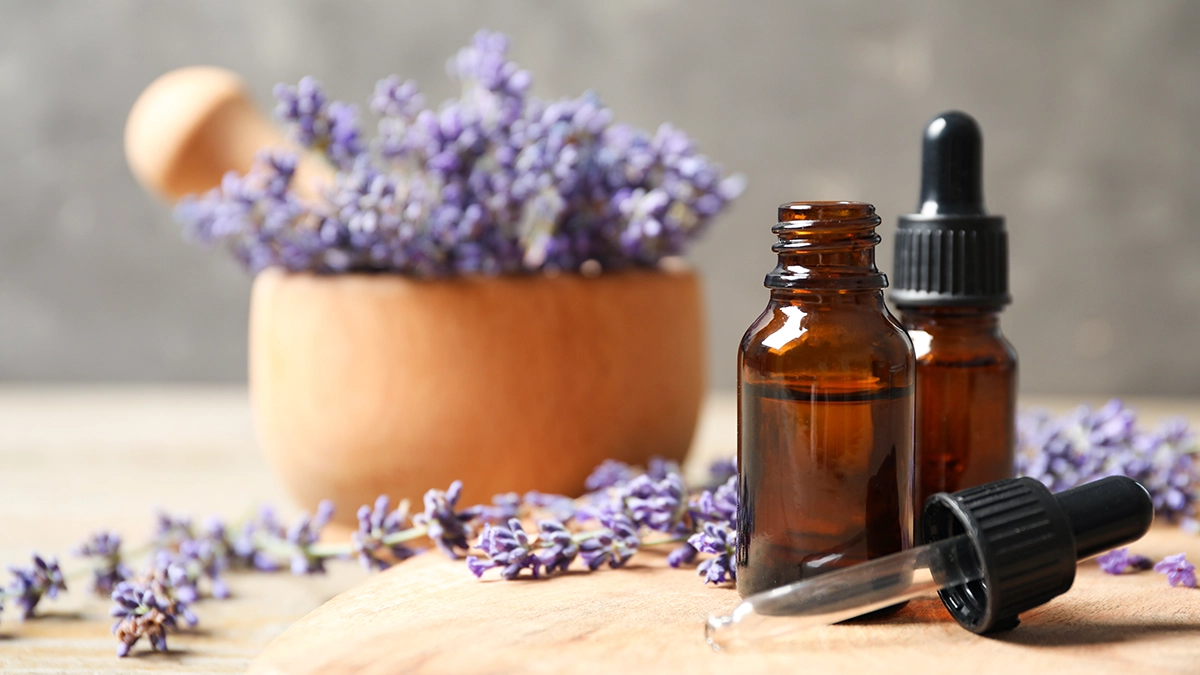
Lavender essential oil offers a serene escape for itchy skin, thanks to its anti-inflammatory, antifungal, and antiseptic qualities. Its application can provide immediate relief from skin inflammation and itching, while also supporting the skin’s healing process. With studies suggesting the effectiveness of lavender oil blends in treating conditions like eczema, this essential oil emerges as a promising ally for those battling skin irritations.
Incorporating Lavender Oil into Your Skincare Routine
Lavender oil can be effortlessly woven into your skincare routine, offering benefits that span from imperfection reduction to overnight skin rejuvenation. Whether used in a balm or as an intensive treatment, its antioxidant and anti-inflammatory properties can transform your skin’s appearance and health. Incorporating olive oil alongside lavender oil can further enhance these benefits.
Lavender Oil and Sun Exposure
While lavender oil is not typically associated with phototoxicity, it’s wise to exercise caution with sun exposure after applying any essential oil. Some essential oils can cause skin reactions when exposed to UV light, so it’s best to protect your skin and enjoy the calming effects of lavender oil without the risk.
Eucalyptus Oil: Cooling Comfort for Rash Discomfort
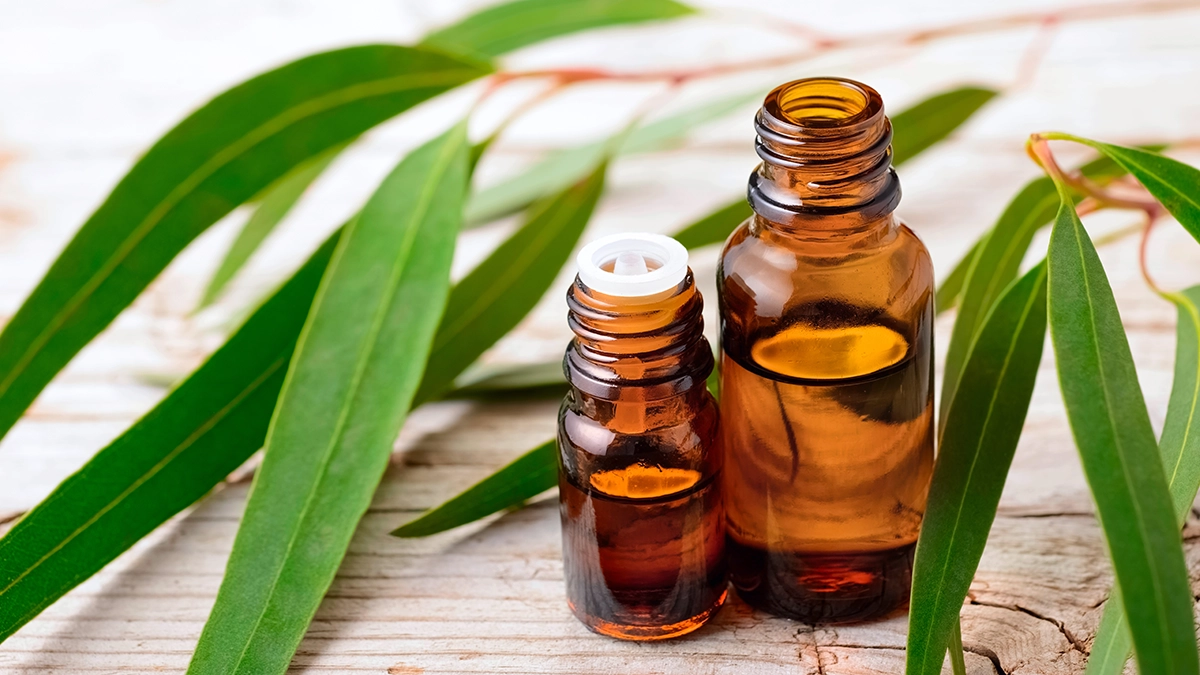
Eucalyptus oil offers a breath of fresh air to those suffering from rash discomfort, courtesy of its analgesic properties. It provides a cooling sensation that can be a welcome relief from the heat and pain of rashes. Eucalyptus oil’s versatility is echoed in other analgesic oils like peppermint and wintergreen, offering a variety of options for natural rash management.
Application Methods for Eucalyptus Oil
Eucalyptus oil, when used as one of the essential oils topically, can be added to warm baths or mixed with carrier oils, water, alcohol, or witch hazek to create a diluted spray for topical application.
Ensuring a concentration of up to 3% guarantees safe and effective use, allowing the essence to comfortably soothe the skin.
Eucalyptus Oil for Insect Bites and Athlete’s Fool
The antibacterial and antimicrobial properties of eucalyptus oil make it effective against insect bites and skin infections like athlete’s foot. Its adaptability in treatment methods, from foot baths to cool compresses, showcases eucalyptus oil’s value in diverse skin ailments.
Peppermint Oil: A Natural Astringent for Rash Management
Peppermint oil emerges as a natural astringent with cooling and anti-inflammatory properties that can offer quick relief for rash sufferers. Its ability to soothe itching and reduce redness makes peppermint oil a noteworthy addition to any rash management toolkit.
Creating a Peppermint Oil Compress
A peppermint oil compress can be an effective way to manage rashes. Here’s how to do it:
- Dilute peppermint oil (with a carrier oil, alcohol, or other method).
- Apply the diluted oil to a clean cloth.
- Soak the cloth in hot water.
- Apply the cloth to the affected area.
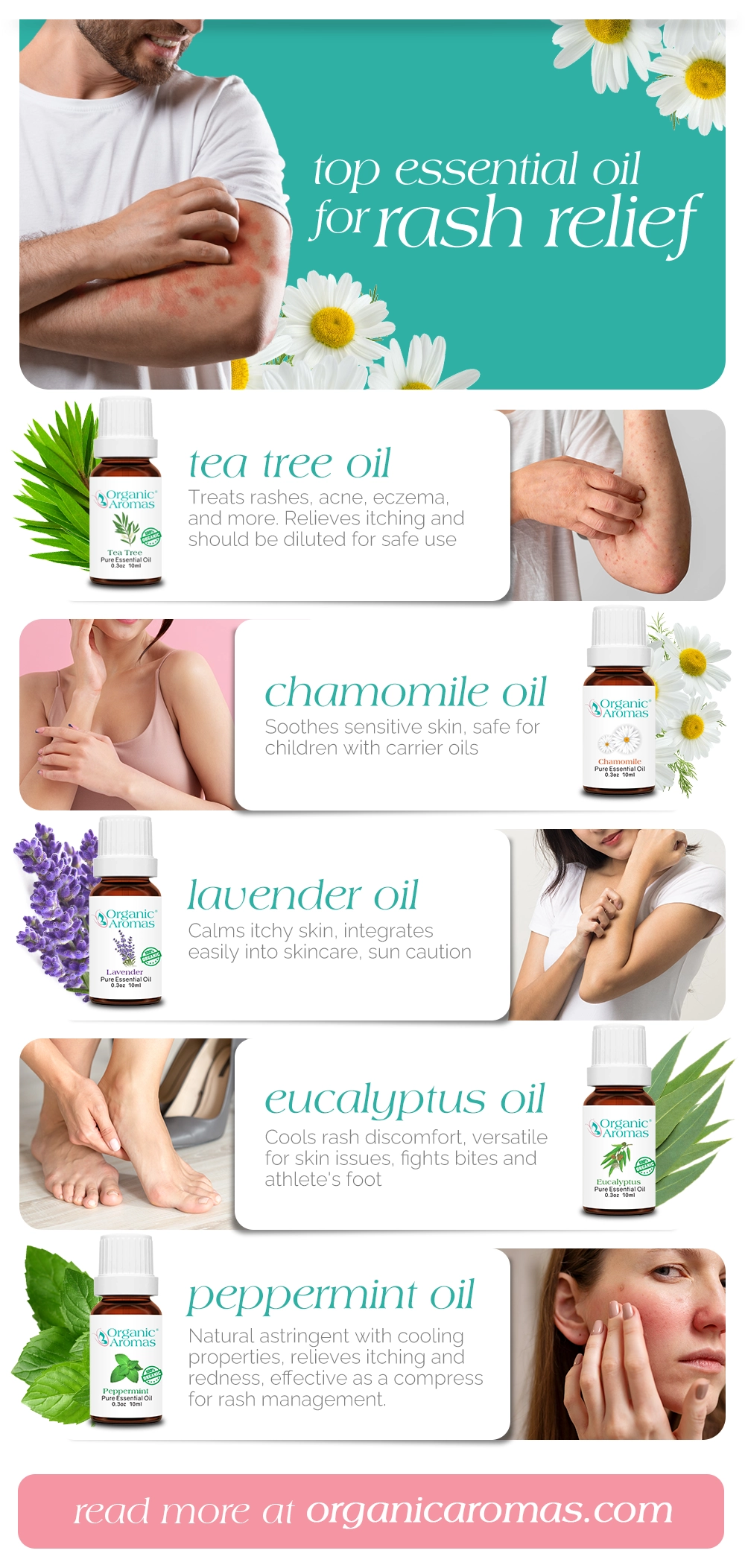
The Importance of Carrier Oils in Rash Treatment
Carrier oils play an understated yet crucial role in essential oil skincare, reducing the potency of essential oils to safe levels and minimizing the risk of allergic reactions and skin irritation.
For instance, chamomile essential oil, when mixed with carriers like coconut or almond oil, becomes a gentle yet effective treatment for rashes.
Choosing the Right Carrier Oil
Selecting the right carrier oil is crucial to complement the healing properties of essential oils. Here are some options:
- Sweet almond oil: great for dry skin
- Apricot oil: non-greasy texture, suits oily skin types
- Hemp seed oil: moisturizing and oil regulation abilities, excellent choice for various skin conditions
Ratio Guidelines for Dilution
Adhering to dilution guidelines is essential for safe and effective diluted essential oil application. A standard 2-3% dilution ratio suits most adults, while sensitive groups may require a more conservative approach.
For specific oils like tea tree, a ratio of one to two drops per twelve drops of carrier oil is often recommended.
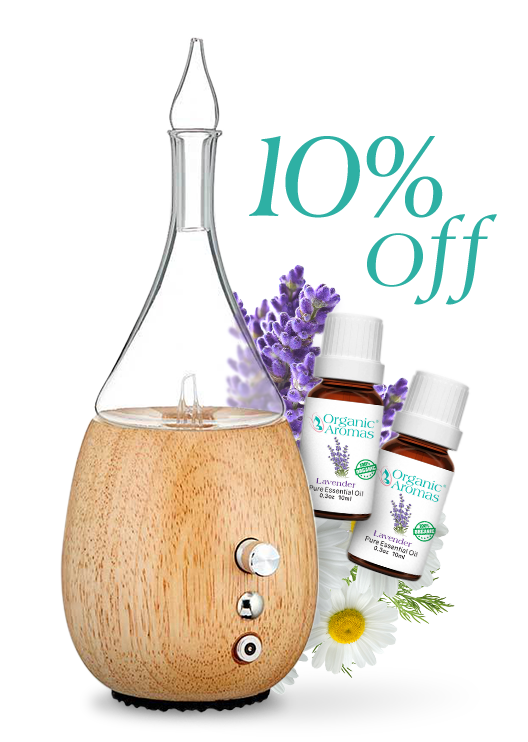
Join Now and Get a Coupon for %10 Off!
Please enable JavaScript in your browser to submit the form
Integrating Essential Oils into Your Rash Care Regimen
Consistent application of essential oils is key to seeing improvements in skin health. Blends, such as tea tree with lavender or peppermint oil, can be mixed with a carrier oil for a synergistic effect beneficial for skin conditions like eczema.
For targeted relief, a peppermint oil compress can be applied as needed, while daily massaging with diluted essential oils ensures thorough absorption and effectiveness.
Daily Application for Best Results
For optimal results, incorporate essential oils into your daily skincare routine. Applying them two to three times daily, when appropriately diluted, can yield noticeable improvements in rash treatment. Blended oils enhance the therapeutic properties, while carrier oils provide moisturizing benefits and improve skin absorption.
When to Seek Professional Advice
While essential oils offer a natural approach to rash care, it’s important to consult with healthcare professionals for persistent or severe rashes. Aromatherapy-trained healthcare providers can offer personalized advice, ensuring that essential oils complement, rather than replace, recommended treatments.
If adverse reactions occur, discontinue use and seek immediate medical attention.
Precautions and Safety Tips When Using Essential Oils for Rashes
Commencing on the essential oils journey for rash relief necessitates careful consideration to ward off potential adverse reactions. While peppermint oil is widely regarded as safe, it can still lead to negative reactions like burning, irritation or more serious conditions in extreme cases. It’s critical to keep essential oils away from vulnerable individuals, such as infants, to prevent health issues.
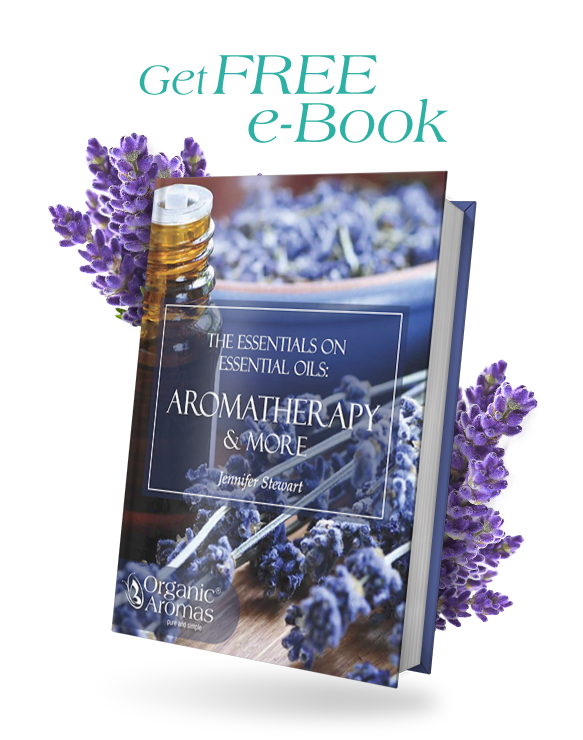
Sign Up to Get Your FREE
e-Book Here…
Please enable JavaScript in your browser to submit the form
Avoiding Adverse Reactions
Performing a patch test before fully integrating essential oils into your regimen is crucial to avoid skin irritations or allergic reactions. It is important not to ingest essential oils, as they are meant for external use only. A tolerance test, particularly on the inside of the elbow, should be conducted 48 hours in advance to ensure that the essential oil blend is suitable for your skin. Remember, reactions can range from mild to severe, so caution is paramount.
Knowing When Not to Use Essential Oils
Certain life stages and conditions call for increased caution with certain essential oils. Pregnant women, breastfeeding mothers, and children have heightened sensitivity and should use essential oils sparingly and under professional guidance. For instance:
- Tea tree oil should be avoided during pregnancy and breastfeeding due to its toxicity if ingested.
- Peppermint oil’s safety is not well-established for these groups.
- Certain oils like aniseed, clove, thyme and sage should be avoided altogether.
Consulting a dermatologist is advisable for those with pre-existing skin conditions before using essential oils as a treatment.
Essential Oils for Rash Relief is a Viable Application
Embarking on the natural path to rash relief with essential oils can be empowering and effective. We’ve explored a range of oils, from the potent tea tree to the gentle chamomile, each with unique benefits for skin health. Remember the importance of carrier oils for safe application, the power of consistent usage, and the need for precautions to avoid adverse reactions. With these insights, you’re now equipped to gently soothe your irritated skin with the healing touch of nature’s finest essences.

Join Our Exclusive Member Club to get Big Discounts!
Please enable JavaScript in your browser to submit the form
Frequently Asked Questions
What essential oil is good for skin rashes?
Eucalyptus and Chamomile essential oils are beneficial for managing skin rashes due to their anti-inflammatory properties. Eucalyptus oil helps reduce allergic reactions and mast cell activation involved in inflammation, while Chamomile oil soothes irritated skin and diminishes inflammation, making them effective in alleviating the discomfort associated with various types of skin rashes
Can I put peppermint oil on a rash?
Yes, you can put diluted peppermint oil on a rash to help relieve itching and discomfort. Be sure to mix it with a carrier oil (or dilute it properly) before applying it to the affected area.
Is tea tree oil good for a rash?
Yes, tea tree oil can be diluted (with a carrier oil) and applied topically to relieve the symptoms of a rash, including itchiness and discomfort.
How should I dilute essential oils for rash treatment?
Dilute essential oils in a carrier oil at a 2-3% ratio for adults, which is about 12-18 drops of essential oil per ounce of carrier oil. For sensitive individuals, use a lower dilution of 1% or less.
Can essential oils be used on sensitive skin?
Yes, essential oils can be used on sensitive skin as long as they are properly diluted with carrier oils to prevent irritation. Chamomile oil is a good option for its soothing properties.

